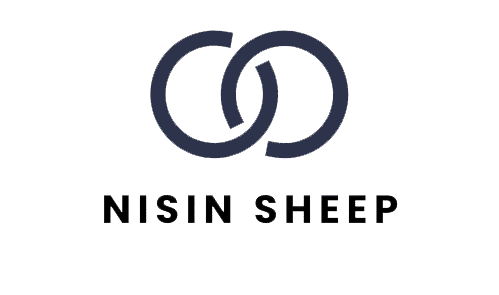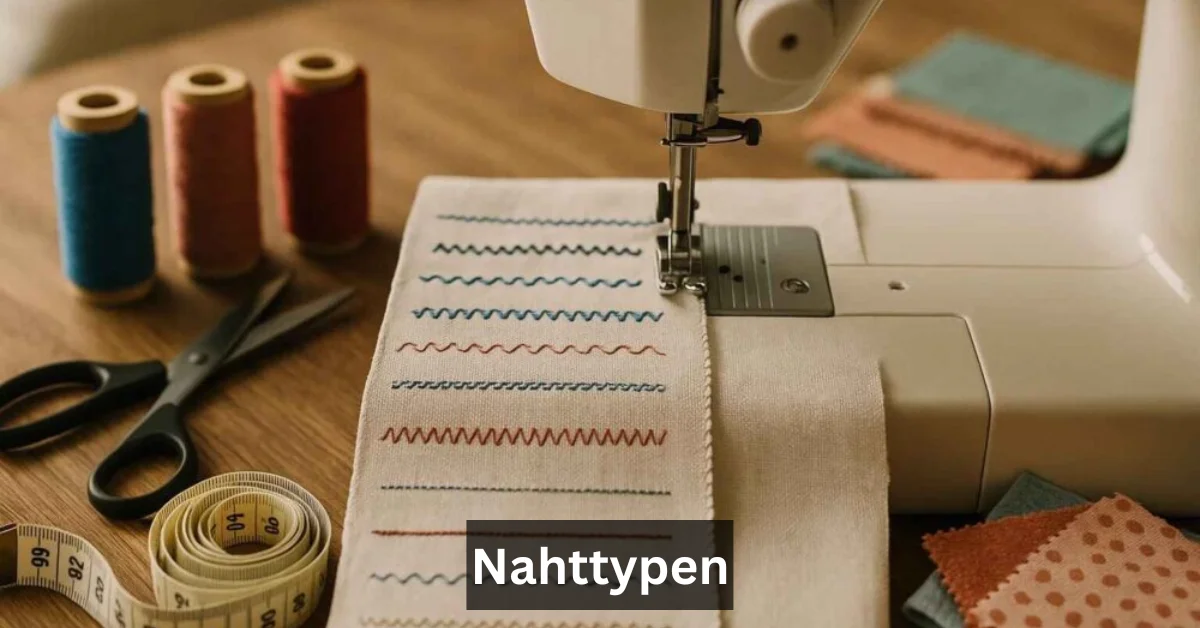Welcome to the vibrant world of fashion design, where creativity meets technical skill! If you’ve ever marveled at a beautifully tailored garment or wondered how designers bring their visions to life, understanding seam types is essential. In this comprehensive guide, we’ll explore “Nahttypen,” the diverse array of seam styles that form the backbone of garment construction. From delicate French seams that whisper elegance to robust flat-felled seams built for durability, each type tells its own story and serves a unique purpose in your sewing projects. Whether you’re a seasoned designer looking to refine your skills or an enthusiastic beginner eager to learn more about constructing clothes with finesse, join us as we unravel the intricacies of sewing seam types and elevate your fashion expertise! Get ready to stitch together knowledge and creativity like never before!
Introduction to Nahttypen and its importance in fashion design
When it comes to fashion design, the beauty of a garment often lies in its details. One crucial element that can make or break your creation is the seam. Known as “nahttypen” in German, these various types of seams play an essential role not only in construction but also in aesthetics and functionality. Whether you’re crafting a stunning evening gown or a casual shirt, understanding nahttypen will elevate your work and ensure that every stitch counts.
Each seam type has its own unique characteristics and applications, making them indispensable tools for designers at all levels. From plain seams to intricate French and flat-felled options, mastering these techniques can open up a world of creative possibilities. Join us as we explore this fascinating aspect of garment construction!
Types of seams commonly used in fashion design
When diving into the world of nahttypen, several seam types stand out in fashion design. Each serves a unique purpose and adds distinct aesthetics to garments.
The plain seam is the most basic. It’s created by simply aligning two fabric pieces and stitching them together. This versatile choice is ideal for lightweight fabrics.
Then we have the French seam, perfect for delicate materials. It encases raw edges within itself, providing a clean finish that enhances durability while preventing fraying.
Lapped seams offer an interesting twist. One piece overlaps another, which can create visual depth and interest—great for adding texture to your designs.
Finally, flat-felled seams are known for their strength. Commonly used in jeans and workwear, they provide stability while showcasing craftsmanship with their neat appearance on both sides of the garment.
You Might Also Like: Tarnplanen
How to choose the right seam for your garment
Choosing the right seam is crucial for achieving your desired look and functionality in a garment. Start by considering the fabric type. Lightweight fabrics may require delicate seams like French or flat-felled, while heavier materials can handle more robust options.
Think about the garment’s purpose as well. For casual wear, plain seams might suffice, but structured pieces often benefit from lapped seams that add strength.
Don’t forget to factor in aesthetics. Some seams are designed to be visible and decorative, enhancing your design’s overall appeal. Others should remain hidden for a clean finish.
Test different seam types on scraps of fabric before committing to your final piece. This experimentation will provide insight into how each seam interacts with your chosen material and design intent, ensuring you make an informed choice tailored to your vision.
Step-by-step guide on how to sew each type of seam
To sew a plain seam, align the fabric edges right sides together. Use a 1/4 to 5/8 inch seam allowance. Start sewing from one end, backstitching at the beginning and end for strength.
For a French seam, begin with the wrong sides together. Sew a narrow seam (about 1/4 inch). Trim excess fabric and press it open. Then fold the fabric so right sides are together, enclosing the raw edge inside. Stitch again with a wider allowance to create that polished finish.
A lapped seam requires overlapping two pieces of fabric. Position them one on top of another, then stitch along the edge where they overlap for durability.
To master flat-felled seams, first sew your pieces together normally. Next, trim one side’s excess and fold over the other side completely encasing it before stitching down for an invisible look.
Each method has its nuances, but mastering them elevates your garment’s professionalism.
Tips and tricks for achieving professional-looking seams
To achieve professional-looking seams, start with quality fabric. The right material will not only enhance your design but also make sewing easier.
Pressing is crucial. Always press seams flat after sewing to eliminate wrinkles and ensure crisp edges. This simple step can dramatically elevate the appearance of your garment.
Use a matching thread for a seamless look. Avoid stark contrasts that draw unwanted attention to your seams.
Consider using a seam guide on your machine. It helps maintain consistent seam allowances, leading to more polished results.
Experiment with different stitch lengths and tensions based on fabric type. A longer stitch may work better for lightweight materials, while tighter stitching provides stability for heavier fabrics.
Lastly, don’t rush the process. Taking time during each step ensures accuracy and ultimately contributes to beautiful craftsmanship in fashion design.
Creative ways to incorporate different seam types into your designs
Experimenting with seam types can add distinctive flair to your designs. Consider using a French seam on sheer fabrics; it not only provides strength but also creates an elegant finish that enhances the garment’s aesthetic.
Another creative approach is the use of contrasting thread colors with flat-felled seams. This technique allows you to turn a functional element into a striking design feature, perfect for casual wear or denim pieces.
Lapped seams can be incorporated as decorative elements on jackets and coats, giving them added texture and depth. You can explore asymmetrical seam placements for a modern twist that catches the eye.
Don’t shy away from combining different seam types within one piece. A plain seam alongside an overlocked edge can create visual interest while maintaining structural integrity in more tailored garments. Each choice offers unique storytelling opportunities through fabric manipulation.
Challenges and common mistakes when working with Nahttypen
Working with nahttypen can present various challenges, especially for beginners. One common mistake is selecting the wrong seam type for the fabric. For instance, delicate fabrics may fray easily with a standard seam, leading to unprofessional results.
Another frequent issue arises from improper tension settings on sewing machines. Too-tight or too-loose tension can cause puckering along seams, impacting both appearance and durability.
Additionally, neglecting to press seams correctly after sewing often results in bulky edges that detract from the garment’s overall finish. Taking time to press each seam flat enhances the look significantly.
Many also underestimate the importance of pre-washing fabrics before cutting and sewing. Failing to do so can lead to unexpected shrinkage post-construction, altering fit and style dramatically over time.
Understanding these pitfalls helps sewers create polished garments that truly reflect their design vision.
Conclusion
The world of nahttypen opens up a realm of creative possibilities in fashion design. Each seam type serves not just as a functional aspect but also as an opportunity to express style and craftsmanship. From the simplicity of a plain seam to the elegance of a French seam or the durability offered by flat-felled seams, every choice can enhance both aesthetics and wearability.
Understanding Nahttypen and how to select and implement these different seams allows designers to craft garments that are not only beautiful but also practical. The right seam can elevate your work from ordinary to extraordinary. It’s about finding the balance between technique and creativity.
As you experiment with various nahttypen in your projects, remember that mistakes can be valuable learning experiences. Embrace challenges; they often lead to innovative solutions in your designs. By mastering these techniques, you’ll expand your skill set while enriching your wardrobe creations.
Incorporating diverse seam types into your fashion pieces will undoubtedly make them stand out in today’s competitive market. So whether you’re sewing for personal use or preparing collections for clients, keep exploring the endless potential that comes with understanding nahttypen.

